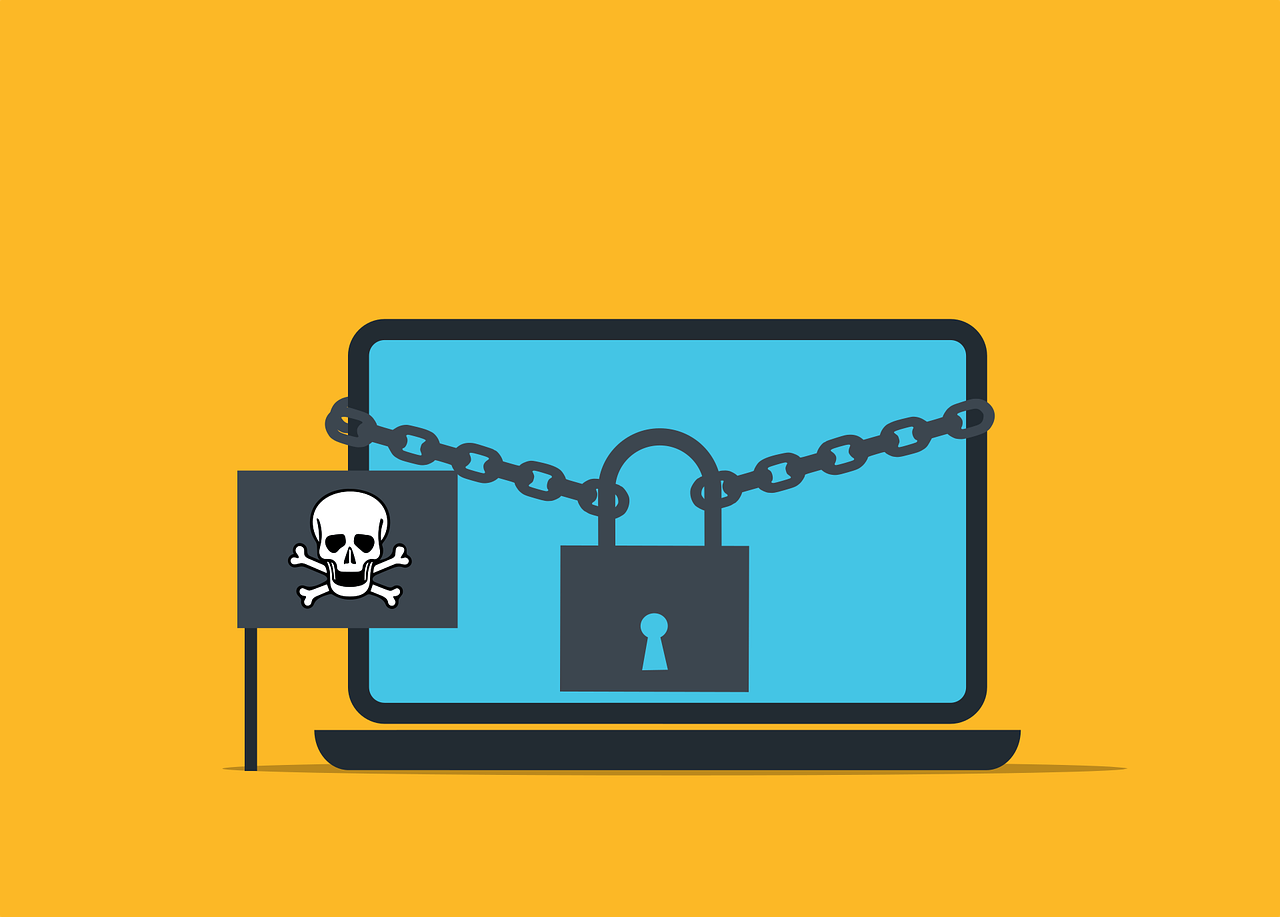Managed SOC (Security Operations Center): Here’s What It Is

[Sassy_Social_Share]
Faced with increasing cyber-threats, protecting your systems, and staying online is vital to keeping your business running. But are you trying to do too much yourself?
What is a managed SOC and how does it work?
A managed security operations center (SOC) is a way for businesses to outsource their cyber-security. These centers support overburdened IT teams and offer better tools in the fight against cyber-attacks.
SOCs are centralized organizations staffed by expert cyber-analysts who guard against security breaches in enterprise systems. The operations center connects to a firm’s systems through the cloud.
SOCs are centralized organizations staffed by expert cyber-analysts who guard against security breaches in enterprise systems.
This lets the security team observe all kinds of data, such as server traffic, third-party services, and hardware – and the more data they can see (and control), the better the SOC will be at reducing risk.
There is a strong emphasis on following processes to ensure attackers can’t take advantage of vulnerable firms. This work is undertaken remotely and on-site, where the team will:
- Monitor
- Assess
- Detect
- Analyze
- Maintain
- Investigate
- Defend
- Back-up
- Report
- Audit
Managed SOCs don’t typically develop security strategies – each business has unique needs – but will work closely with a company’s IT and security team to create processes that guarantee the best level of protection.
Why use a managed SOC for your business?

Understandably, some firms remain wary of outsourcing – especially IT security, which is one of the most important areas for any modern business. But it doesn’t need to be scary.
A security operations center is there to help businesses thrive across digital environments.
Advantages of a managed SOC include:
Lower costs
Outsourcing enterprise security is generally less expensive than performing the role in-house. Rather than big initial outlays, which can be difficult to get buy-in for, SOCs employ the subscription model, with lower monthly or annual fees.
Protecting a business from daily cyber-attacks can be costly when factoring in the price of new systems and software, implementation, training, resources, and additional staff.
Fast reactions
When facing a cyber-crisis, reaction times are critical. While some larger businesses may have the resources, few small or medium-sized companies can be expected to monitor threats around the clock.
It can be overwhelming, especially when scrambling smaller teams at the drop of a hat.
Managed SOCs are constantly tracking and stopping threats, freeing up precious resources.
Better visibility
Lack of oversight and loss of control are often concerns, particularly for companies familiar with dealing with everything by themselves. But managed security centers are designed to offer support and advice; they act on the firm’s behalf and in their interests.
They are effectively the cyber-security arm of their client’s company. Regularly reporting to key stakeholders is a core part of the service, letting a business analyze the data and drive decisions.
Increased expertise
Knowing how to respond during a cyber-attack is critical. Managed SOCs are staffed by experts in their fields. Teams generally include analysts, threat hunters, incident responders, investigators, and auditors overseen by a manager, and all of them will be certified experts.
Teams like this are a major expense for companies running in-house operations – leaving those who can’t invest in cyber-security facing the difficult decision of a larger, but more inexperienced team or one that may be understaffed but has the relevant experience.
Superior technology
The cyber-sphere is constantly evolving. The need to equip businesses with up-to-date technology is clear if they’re to tackle those digital shifts, to stay on top of the latest threat intelligence, and to deploy the right tools to prevent attacks.
Yet, enterprise-grade hardware and software is notoriously costly – few can afford to fully upgrade systems or the disruption caused by implementation, leaving them vulnerable. Managed SOCs offer a way for SMEs to access advanced systems and cloud-powered security to maintain system uptimes.
Safer data
Data protection is critical. Consumers trust companies to keep their information safe, and no firm can afford to lose business-critical data to hackers.
Authorities are also working to encourage better protection of data, with fines for data breaches proving costly. Many SOCs offer data back-ups and better encryption as an extra line of defense.
The capabilities of a fully-managed SOC
So that’s what a managed SOC can do – but what do businesses actually get?
Key features of using a SOC include:
Threat intelligence and hunting
Threats are monitored in real-time – so a business is guarded 24/7/365. Security centers access top-level intelligence indicators from global partners to guard against the latest threats and track down cyber-attackers.
SIEMless log monitoring
Log monitoring (PDF) lets businesses track activities across networks, cloud systems, and endpoints, making it easier to alert and report threats. Data logs include security and device events across Windows and macOS, and Office 365 and Azure AD cloud events.
Breach detection
Cyber-attacks are becoming increasingly sophisticated, evading traditional protections. With breach detection, even advanced attackers are quickly identified and a detailed data log of their activity is produced to increase deterrence.
Intrusion monitoring
Managed SOCs can track suspect events in real-time, looking for unauthorized TCP/UDP services, backdoor connections, and connections to hostile nations.
Next-gen malware
As a way to increase protection (and further reduce risks) businesses can harness the power of their existing malware prevention tools, while taking advantage of a managed SOC’s own advanced malware detection tools and processes, and the experts monitoring them.
PSA ticketing
SOC analysts investigate every threat, alert, and report. Data is checked, action is taken, and recommended steps are advised in a ticket sent straight to your PSA system – giving greater oversight and leaving a business to focus resources elsewhere.
What a managed SOC isn’t
A managed SOC isn’t just a cloud-powered firewall and anti-virus for businesses. And it shouldn’t be confused with a dedicated SOC. Technically, both offer the same service – outsourced threat detection and protection – however, there are differences.
A dedicated SOC:
- Works with one client on an exclusive basis
- Is suited to larger firms with existing security teams
- Integrates with existing systems, leading to longer implementation times
A managed SOC, meanwhile, democratizes access to security services. They support multiple clients, from small firms to global brands, powered by the clou, to minimize workplace disruption.
They’re less expensive than dedicated SOCs, which demand a high set-up cost.
How to choose the right managed SOC
Selecting a managed SOC is an important step in improving security – and like any business decision, should be taken seriously. For those new to managed SOCs, it can feel a little complicated.
Make the right choice first time. Look for industry leaders offering fully certified technicians, dedicated customer service, and around-the-clock support.
With over five years’ experience in the industry, Logic V is committed to transforming business for the digital era, making smart security solutions simpler for every business and offering an uncompromising services proposition.
Originally published Jul 29, 2021



